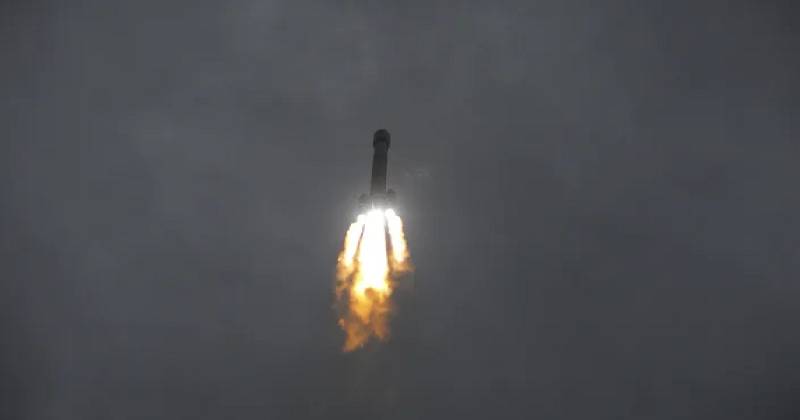
Wang Wenbin, a spokesperson for China’s Foreign Ministry, denied that the debris that is poised to collide with the moon was from the Chang’e-5 T1 Moon mission, which took place in 2014. According to Wang, the rocket’s top stage burned up “totally” in Earth’s atmosphere. He insisted that China’s aerospace endeavours were always compliant with international regulations, and that the government was committed to ensuring the “long-term viability” of space exploration.
However, it’s unclear whether China has the appropriate rocket in mind. Wang may have confused the Chang’e-5 T1 mission with the 2020 Chang’e 5 mission, according to astronomer Bill Gray, who originally blamed SpaceX for the impending collision. The T1 upper stage allegedly burned up in October 2015, according to a US Space Force squadron, although Gray pointed out that the squadron only provided one trajectory update for the rocket. It’s possible that the burn-up was presumed rather than validated. The T1 booster is also thought to be implicated, according to NASA’s JPL.
Whoever is to blame, the expected disaster will be an unwelcome milestone in spaceflight: a Moon accident caused by a spacecraft that wasn’t supposed to be there. The difficulties of tracing space debris is reflected in the controversy about the debris’s origins. While more improved sensors for detecting trash in Earth orbit have been developed, deep space monitoring has simply not been a priority. With Moon missions like NASA’s Artemis programme on the horizon, the looming collision might shift that focus.

Post Your Comments